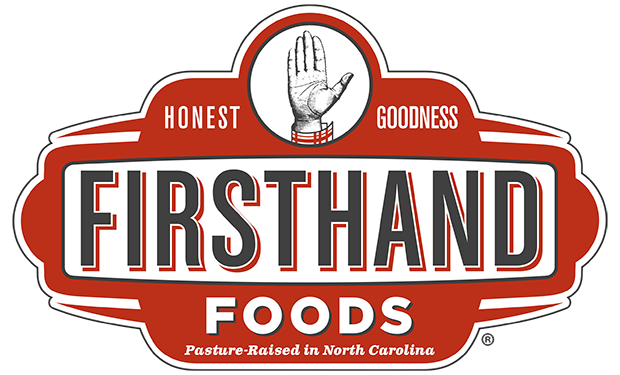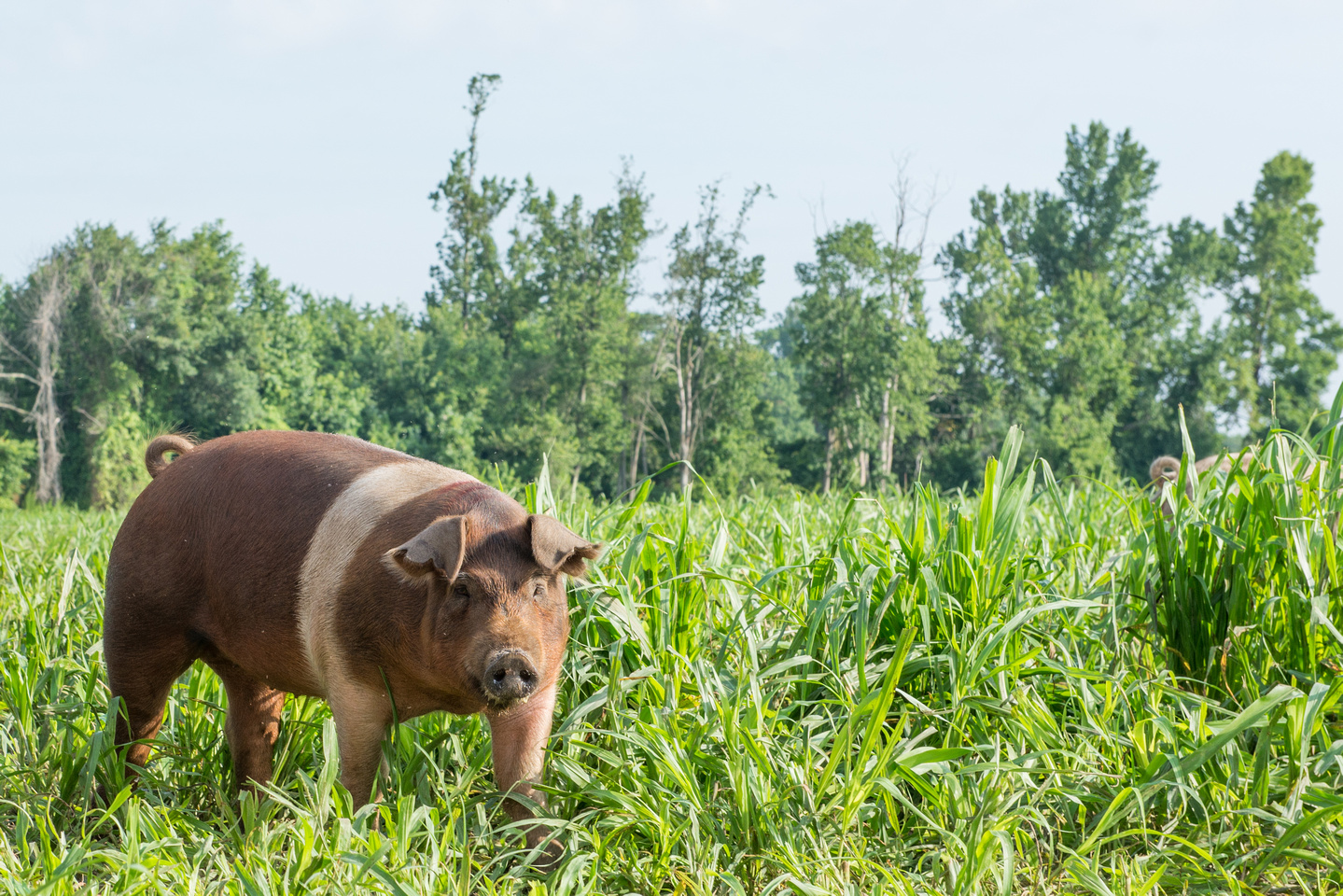I’ll never forget the first time I experienced a hog being slaughtered. It was done humanely, quickly and with utmost regard. Yet, it shook me deeply to witness the taking of a life. What surprised me most was my urgent need afterwards to honor that life by making sure to cherish every morsel of pork I consumed. Rather than turn me away from eating meat, it brought me closer to it. Seeing the sacrifice strengthened my resolve to respect it by choosing my meats carefully and not letting any of it go to waste.
Now as the Co-Owner of Firsthand Foods, that responsibility has been taken to new heights. Each week, we purchase 20 hogs, seven cows and four lamb, all of which have been raised and slaughtered with great care. It is our job to find a customer for every single part of those animals. We call it “whole animal utilization.” Whether it’s the loin, jowls, hocks, neck bones, spareribs or sausage, every part requires a good home.
Our chef customers play the most important role in making whole animal utilization possible. Without their innovation, flexibility and commitment, we’d be hard pressed to make it happen. We love it when a chef calls and says, “What are you long on?” launching us into the creative process of identifying meat cuts we need to move that fit with their menu and culinary interests. We appreciate those steady customers who use all of the grind cuts, buying sausages or making their own in-house grinds. These chefs are key since as much as 60 percent of any animal is comprised of trim and/or cuts that end up being ground. And we are gratified by the chefs who introduce us to innovative preparations made with novel parts of the animal such as beef cheek, lamb belly and pig tails.
A few of our customers, including Acme in Carrboro and The Boot and Roses Noodles, Dumplings & Sweets in Durham, take on the job of using whole animals themselves, inspired by the constraint of creating menus that utilize every single part. Rob Kineen, Chef at The Boot describes it this way, “Buying whole animals makes sense for us financially. It results in a super fresh product and it excites our staff who are eager to learn new butchery skills and to share our ethical sourcing story with customers.”
There is a financial sustainability piece to using the whole animal. Since waste means lost revenues, we are motivated to find customers for all parts of the animal. But at the end of the day, using whole animals is about a core set of values that defines Firsthand Foods and its community partners. We acknowledge the care our farmers take to raise animals with dignity; we recognize the responsibility our processors carry for conducting a humane slaughter; we honor the animals whose lives were sacrificed to feed us. And in so doing, we are helping build an ethical food system of which we can all be proud.

